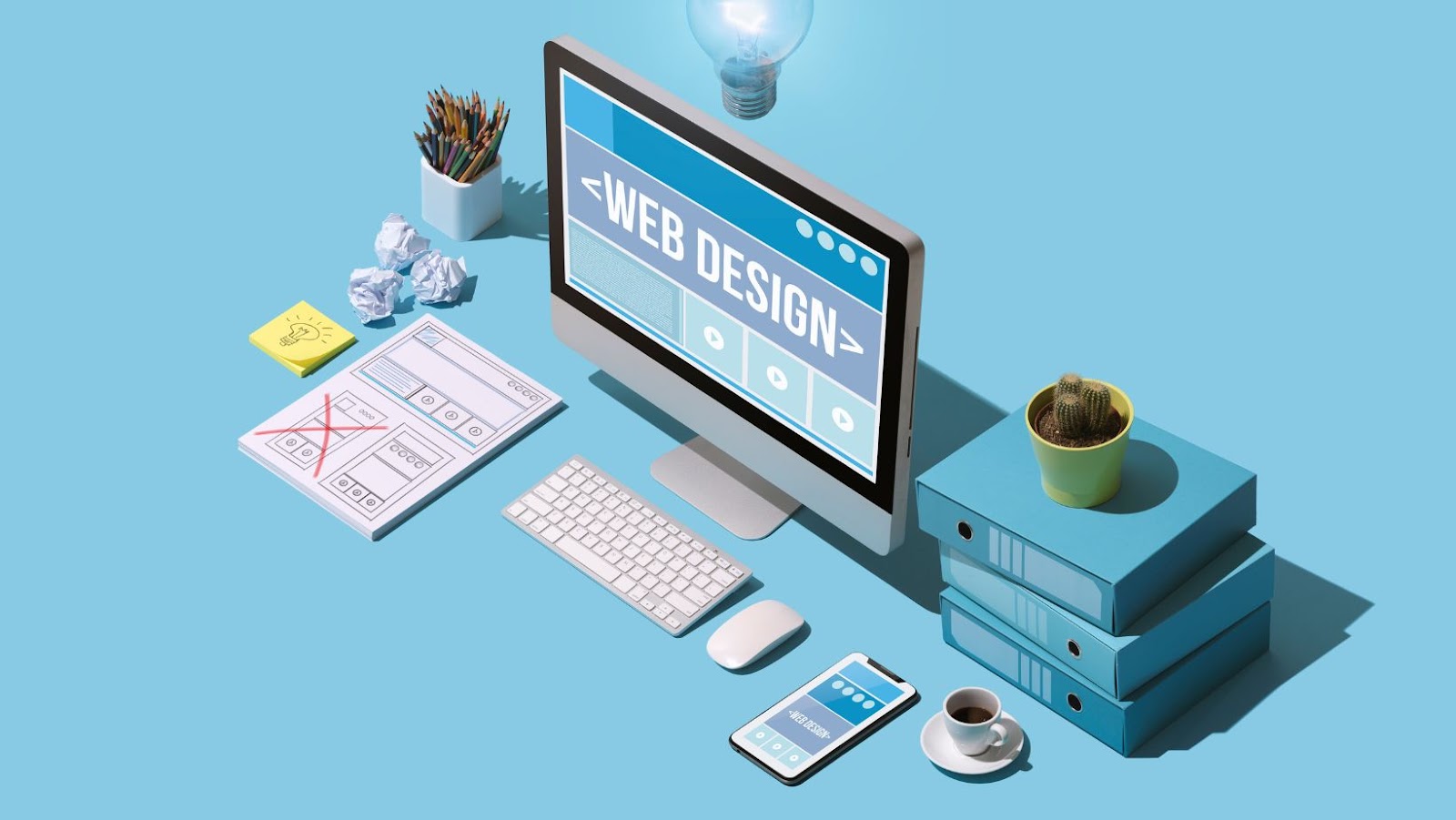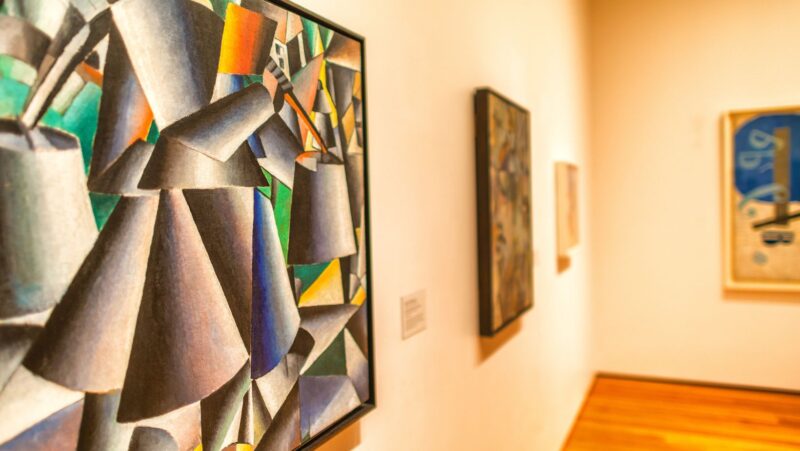
Minimalism has become a staple in web design. And now it is unremovable. All Internet users judge the quality of a website by its cover. The simple and more aesthetic it is, the more we are prone to validate the website in question.
The concept of minimalism entails the removal of unnecessary elements, focusing on content and user experience instead. By reducing elements that distract or confuse a user, websites achieve a simple, sleek, and modern look.
On paper, it looks easy. It seems that you don’t need to have sophisticated techniques or layouts for your website. But minimalistic design can actually be difficult to achieve. The fewer elements there are, the more careful you have to be with the choice of spacing, the switches from one area to another, and the choice of colors. Understanding which elements are essential and which are superfluous is the foundation of minimalistic web design.
One essential element of any minimalist web design is simplified navigation. Minimalism requires a straightforward, intuitive menu that leads to helpful content. Focusing on well-structured organization and clear labeling will help the users of your website easily find what they need. The menu should include basic navigational elements, like home, about, contact, etc. You have to think of a design that is straightforward. Don’t make your user think. Get him/her what he/she needs. That’s why he/she came to your website.
Another important element in a minimalistic design is a clean and concise layout. That’s actually the first thing that comes to the user’s mind when they think about ‘minimalistic’ design. A minimalist layout puts the content in focus so that visitors can quickly scan the page to find pertinent information. This involves using a single or graphic-based column layout and applying visual hierarchy. When organizing the page, think of simplicity: use white space, fewer images, and straightforward design elements.
When it comes to color, contrast and simplicity are key for a minimalistic web design. Color is used to highlight the content and create a strong visual impact. This does not mean you should use a monochrome palette; you can use more than one color, but natural hues, restraint, and thoughtful use are key. Use palettes of colors that are in harmony altogether. For example, if your website has a flower-inspired theme, play with the colors of the flower and the logo that represents your website. Colors are indicators for the human eyes and help them to keep the logic of the path they took on your website.
High-quality typography is also an essential component of minimalism. A smart font choice creates a professional, stylish look and can make a huge difference in aesthetics. The text should be legible and easy to read while also demonstrating hierarchy. Serif and sans-serif fonts are commonly used; bold, italic, and size changes can help create contrast and emphasis. Join playamoapp.com to discover the best casino games online.
Content optimization is essential for minimalism. Your content should be concise and clear, the user’s needs should be addressed, and the text should be written for the web audience. Long articles should be broken up with headings, images, and lists to make them easier to read. The amount of content should match the purpose of the page; longer pages are fine for in-depth information, but pages with just a few sentences fit for less-critical content.
The essentials for a minimalistic web design cover a wide range of topics, from layout and typography to color and content optimization. These little tips are the fundamentals of minimalist web design. If you take them into account in each aspect and work toward a cohesive aesthetic, you’re good to create an attractive, modern minimalist website. Remember that an effective, minimalistic web design is achieved when all of these essential elements come together. Now, you’re good to go!




